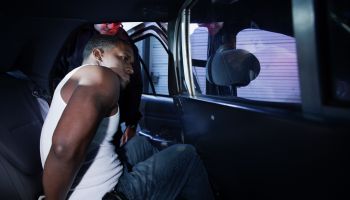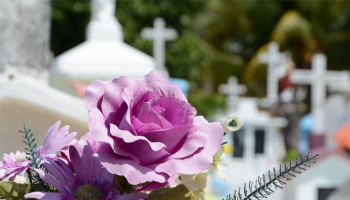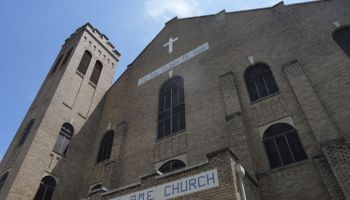On a cool summer night, Mike Perry and his crew trail the sidewalks running through the Stapleton Houses, tracked by police cameras bolted to the apartment blocks and positioned atop poles. Each member of Perry’s group, five black men and one Latino, all acknowledge past crimes or prison time.
For example, Perry used to deal drugs around a similar low-income housing complex, two miles away. Now their Cure Violence team works to defuse arguments that can escalate into shootings. Both, the police and Perry’s Cure Violence team have the same goal.
However while Perry gives cops their respect, he keeps his distance. Two years ago, within walking distance of this spot, a black man named Eric Garner lost his life in a confrontation with police officers. Perry, a 37-year-old father of two who knew Garner”I know those officers did not mean to kill Eric” but, “you need to look an officer in the eye who doesn’t understand and go, ‘Brother, I want to get home, too.’ They’re defending these communities that they don’t know.”
As Americans struggle with deadly encounters between black men and police across the country, and now the killing of five Dallas officers, Perry and his fellow Staten Islanders have the dubious distinction of being a step ahead. Since Garner’s death in July 2014, they have confronted a lot of the anger and pain which the nation now shares.
Last summer, a nationwide poll by the Associated Press-NORC Center for Public Affairs discovered that 81 percent of black Americans said police are too quick to use deadly force, compared with 33 percent of whites. However the voices of Staten Islanders speak to attitudes and experiences that are often more complicated than poll numbers.
An estimated 3,000 police officers live there, many in the heavily white neighborhoods on the southern two-thirds of the Island. In those neighborhoods, protests that followed Garner’s death in July 2014 were met with “God Bless the NYPD” yard signs and pro-police rallies.
After a grand jury decided not to indict the officer for Garner’s death the tensions intensified. Two weeks later, things escalated when a man claiming vengeance killed two officers in Brooklyn. Since then the city says it has made some progress.
Last year, police began assigning pairs of officers to specific neighborhoods, rather than having them rush from call to call across precincts. Officers are required to spend a third of their shift “off-radio,” talking with residents to forge relationships.
However Gwen Carr, Eric Garner’s mother, wants more. She often walks in the small park across the street from the spot where he fell and cringes as a man who appears to be homeless sprawls across a bench, and a young woman with— “Alcohol Gives You Wings,” tattooed down her left arm — sits on the edge of a dry fountain, trying to sell used shoes.
“How much good did they do?” Carr says of police. “Where are they when you need them?” Carr says if her son’s death means something, officials can clean up this block where regulars say drinking and drugs have increased since Garner’s death. She wants New York to turn the park into a playground, reserved for children and guardians.
For more information click here
Text “LIGHT” To 37890 for your chance at ticket giveaways and news before anyone else!…Standard Messaging Rates Apply
LIKE The Light On Facebook To Keep Up With your favorite artist and celebrity news!















